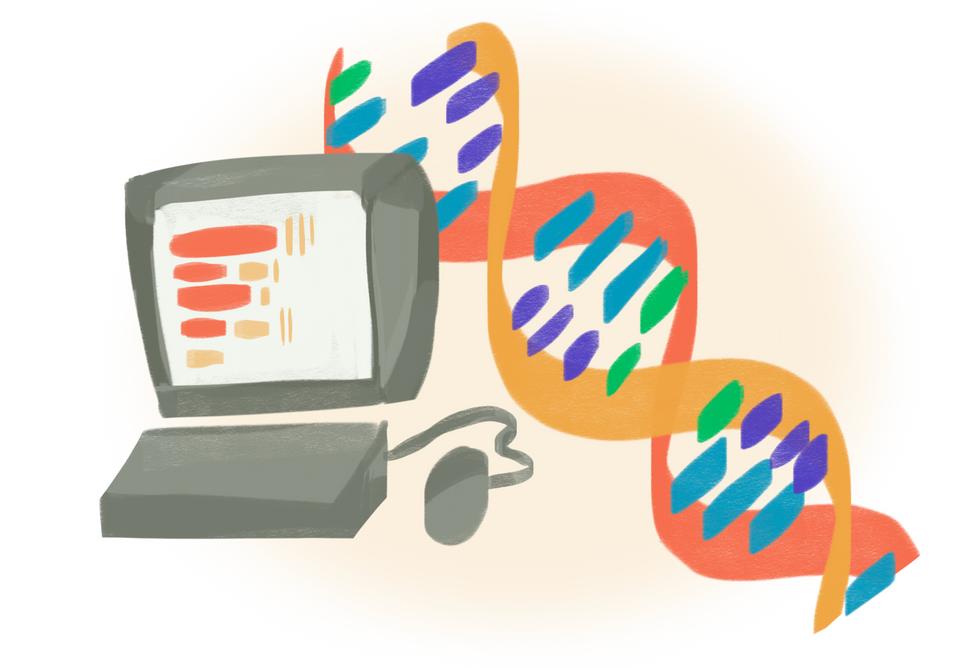
1 minute read
Synthetic Biology: Methods and Implementations
from 2023 Biology Edition
by scienceholic
Author: Ellie Wang
Editors: Peggy Yang and Hwi-On Lee
Advertisement
Artist: Shihan Gao
At first, you may think that “synthetic biology” is either a contradiction or refers to the flawless cloning found only in science fiction However, in reality, synthetic biology is an innovative field of science that involves engineering organisms to have new abilities and purposes, ranging from environmental cleanup to medicine and even to agriculture.
In order to modify these organisms, scientists use various methods of genetic engineering. These methods differ from genome editing, where small changes are made to the organism’s own DNA In synthetic biology, scientists typically assemble longer stretches of DNA to insert into an organism’s genome. This genetic material can be synthesized from genes in other organisms or include man-made segments. Because there are many variables like DNA bases, genes, and regulatory elements that factor into the outcome of genetically engineering a complex organism, scientists use automated biological design, or bio-design automation, to help By using tools such as computer algorithms, software, and machine learning, they can make the process easier with visualizations of genetic sequences, predictive components that show products of the elements being modified, and large libraries of available genomic sequences, among other enhancements
One method that utilizes these aforementioned tools is combinatorial library design, which uses them to combine libraries of genetic sequences in different ways. The algorithms are programmed with designated rules that increase the chances of the assembled sequences being biologically functional and can improve those rules using machine learning and statistical analysis This method can also be applied to engineering protein structures, which are essential for many biological processes. Beyond this method are countless others used by scientists to discover new ways to modify organisms and thus, benefit the world.
The new functions possessed by these organisms and the products they can create help solve numerous kinds of problems We can harness microorganisms to clean up environmental pollutants, such as using bacteria modified to break down nitrogen, phosphorus, and organic material









